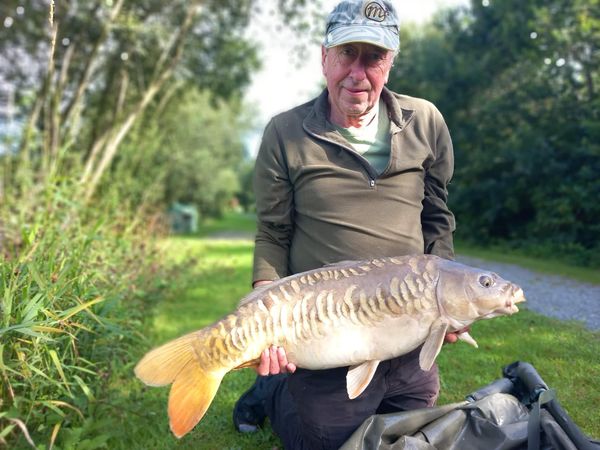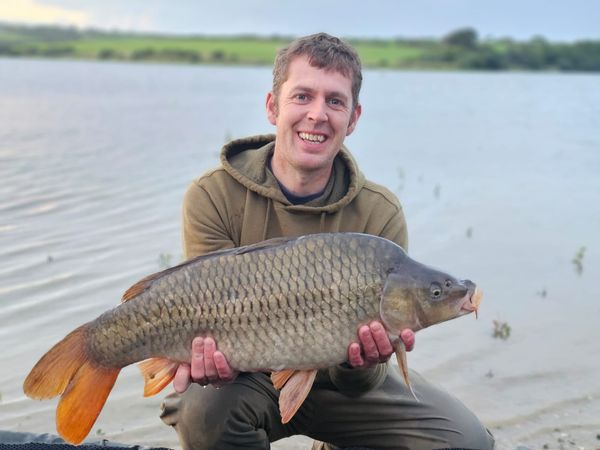





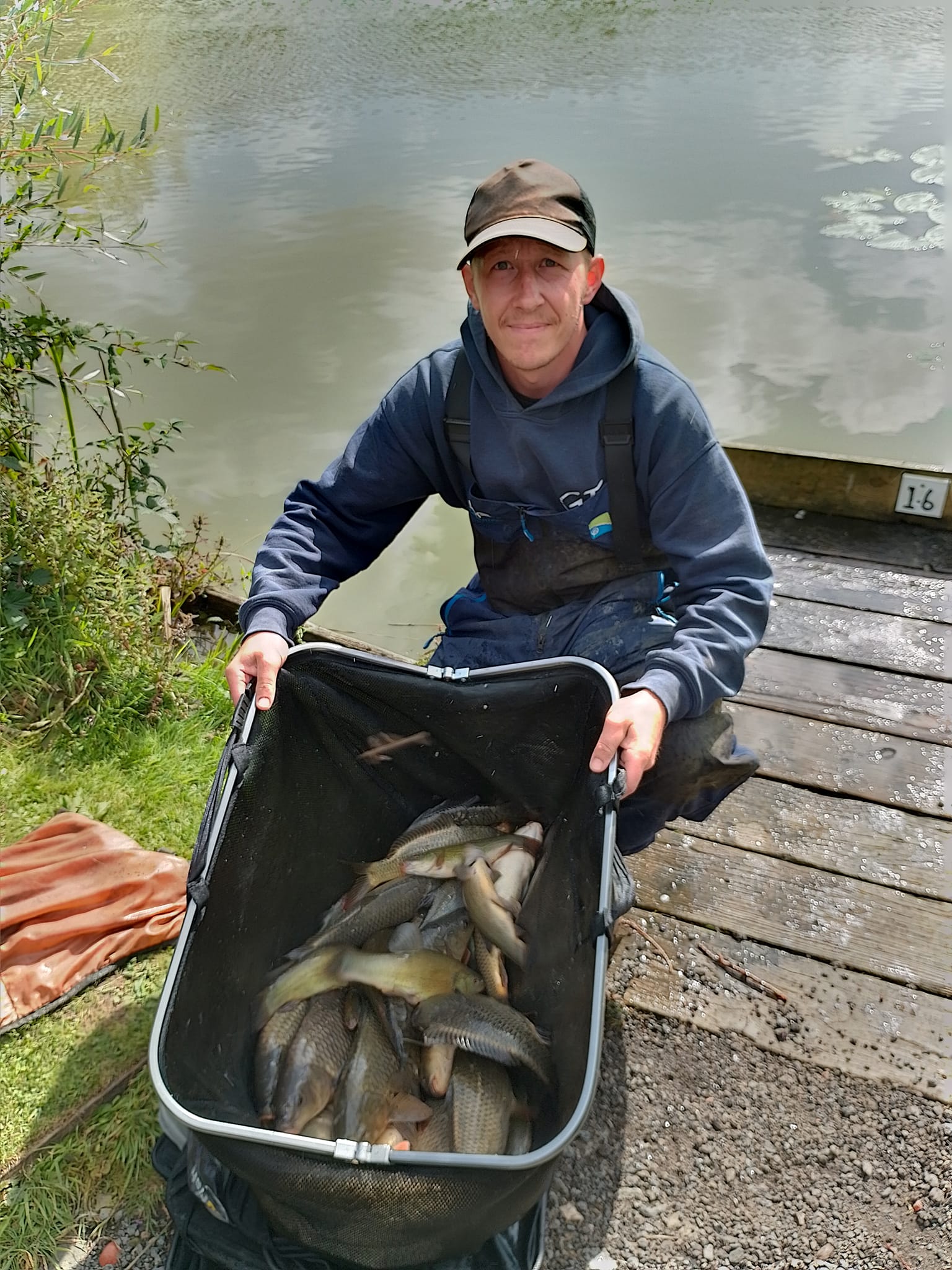
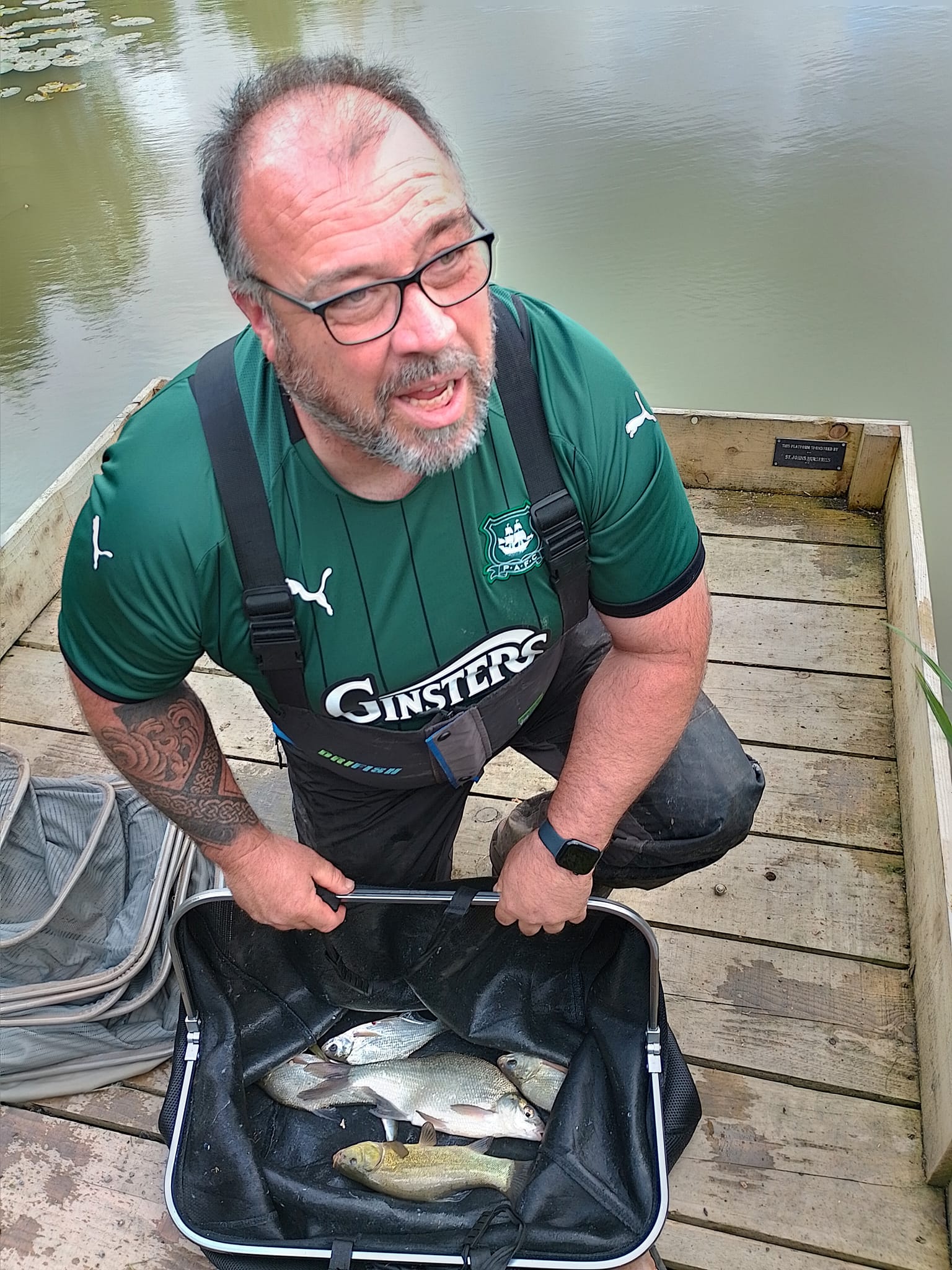

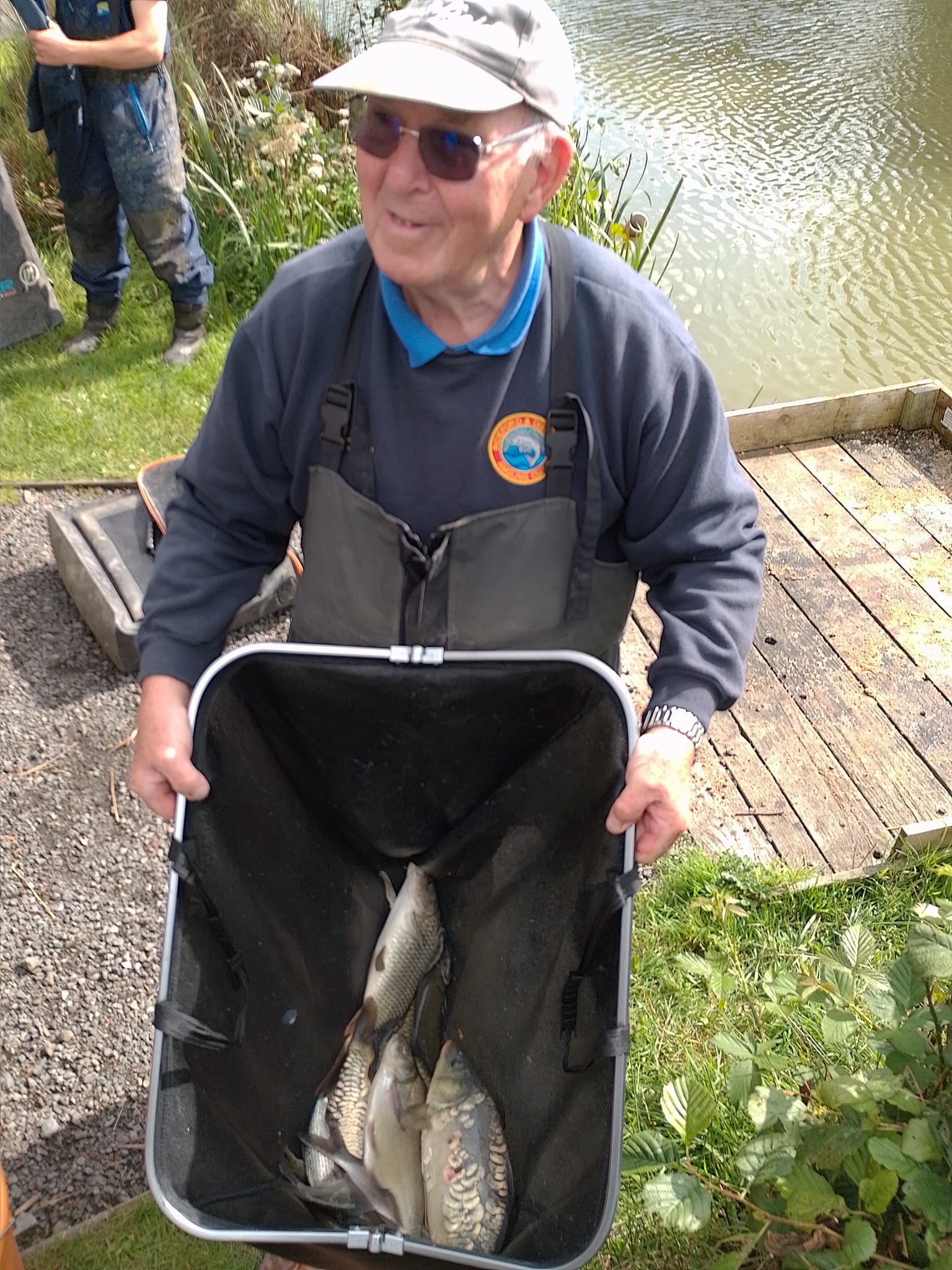













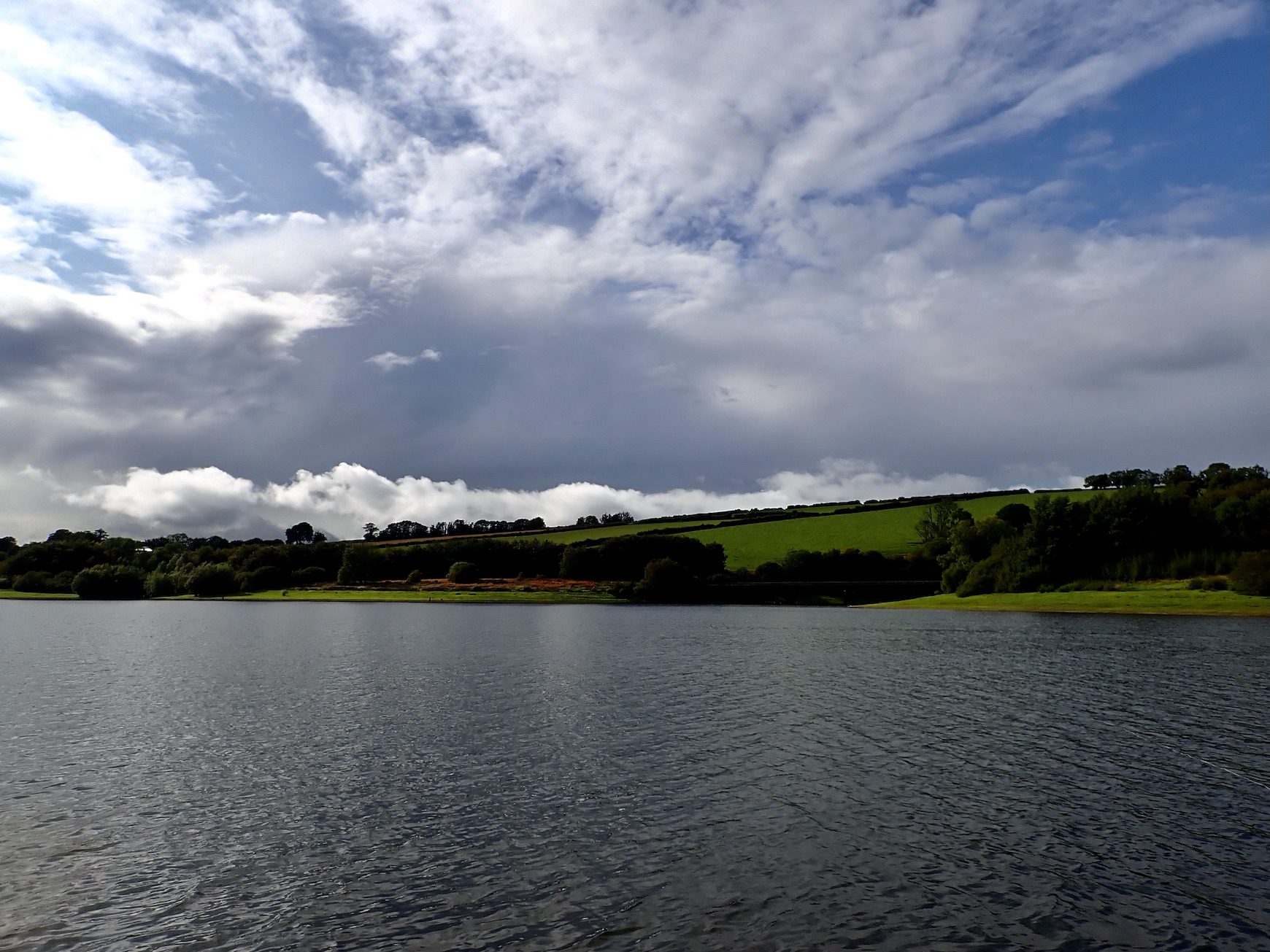 July and August are often quiet months for Stillwater trout fishing with last season an absolute disaster with the prolonged drought and hot weather putting fish off the feed or sending them into the cooler depths of the lake. This year has been different and after a wet and cooler July and August I had heard that Wimbleball was fishing well. A trip was undoubtedly needed but with jobs to do at home an all day trip was not an option.
July and August are often quiet months for Stillwater trout fishing with last season an absolute disaster with the prolonged drought and hot weather putting fish off the feed or sending them into the cooler depths of the lake. This year has been different and after a wet and cooler July and August I had heard that Wimbleball was fishing well. A trip was undoubtedly needed but with jobs to do at home an all day trip was not an option.
A half day ticket at Wimbleball starts at 4.00pm and gives over four hours fishing during August at what should be the best time of day.
The weather forecast gave light North West Winds with occasional showers some of them potentially thundery. It was raining when I left home at around 2.30pm and I hoped the rain would ease by the time I arrived.
It was a pleasant drive over Exmoor and I noted the tinges of Autumn starting to show on the trees. I drove through occasional heavy showers and spells of sunshine that illuminated the moorland landscape.
It was raining steadily when I pulled into the car park where another angler was parked up waiting for the rain to ease before heading out to the lake. I set up under the shelter of the car boot opting for a floating line and longish leader with a tip fly and two droppers. I tied a damsel on the point and daiwl Bach’s on the droppers.

It was good to walk out onto the lake’s foreshore once again, I was a little surprised at how far the lake had dropped since my last visit. I knew it was now at around 75% but that’s quite a bit of exposed shoreline. The foreshore is coated in lush green growth of wetland plants and flowers that exuded a pleasant almost minty aroma as I walked eagerly to the water’s edge.
I waded out and put a line out onto the water slowly retrieving as I took in the panorama of lake, sky and land. Dark foreboding clouds, glimpses of blue, lush green fields and trees bedecked in their dark summer foliage. Ducks foraged in the shallows their heads emersed and curly rears exposed in typical duck fashion. A heron’s call echoed across the lake, swallows and martins swooped low over the water. The margins were alive with tiny fry that would surely provide a feast for predatory trout over the coming months.
I settled into the searching mode of cast and retrieve occasionally trying different flies and trying different areas of the bay. I saw a couple of fish rise shortly after starting but nothing seemed interested in my offerings and after three hours I was starting to have a few doubts. I have not blanked at Wimbleball since the lakes fishing has been under the management of Mark Underhill in 2018!
After trying different areas, I headed back to where I had started and again commenced the searching rhythm. A fellow angler fishing along the bank to my right seemed to have the body language indicating a lack of success. I heard him comment to his friend; “time to cut our losses and head for home”.
It was now just after 7.00pm and there was just an hour and a half permitted fishing time remaining. I had reverted to the damsel on the point, a diawl bach on the middle dropper with a sunburst blob on the top dropper.
As the luckless angler disappeared from view the line suddenly zipped delightfully tight. A trout erupted from the water and after a strong encounter a slim full tailed rainbow graced the net. The silvery flanks, full tail and sleek appearance reminded me of a fresh run grilse.

Next cast the line again zipped tight a trout leaping from the water. A beautiful wild brown trout of close to a pound that was quickly returned after capturing an image. To my delight the next two casts produced another brace of wild browns with vivid spotted flanks of olive green, bronze and buttery cream.




I fished on expectantly and missed one more fish as the light began to fade. Judging by the size of the swirl behind the lure it was a good sized fish. Shortly after sunset I eventually made my tenth last cast and walked back to the car.

In just over four hours hard fishing I had tempted four trout within a frantic fifteen minute spell. Had a shoal moved in? Had they just switched on for that short feeding spell? Whatever had happened it had whetted my appetite and I look forward to return trips during the autumn months when the fishing promises to be very exciting. With ongoing stocking of full tailed rainbows throughout and those wild browns that will surely feast upon those marginal fry. I wander how big those browns go to? Only one way to find out!

On October 6th North Devon Angling News will be hosting a screening of Riverwoods supported by the National Trust and Adrian Bryant from Braunton’s Countrywise Centre . The film is an evocative documentary highlighting the decline of salmon and how this catastrophic collapse of natural ecosystems can be prevented.
The film will be followed by short presentations from National Trust Wetlands Ranger James Thomas and Wayne Thomas talking from the heart about salmon populations across the West Country. Refreshments will be provided to enjoy with discussion and debate around the issues raised.
 THE CHALLENGE – SALMON IN HOT WATER
THE CHALLENGE – SALMON IN HOT WATER
Over many centuries, the loss of natural woodlands alongside rivers has profoundly changed their ability to support the salmon runs that once flourished. Today, many of Scotland’s rivers run through bare, treeless glens, reflecting the ecological decline that we have come to accept as normal.
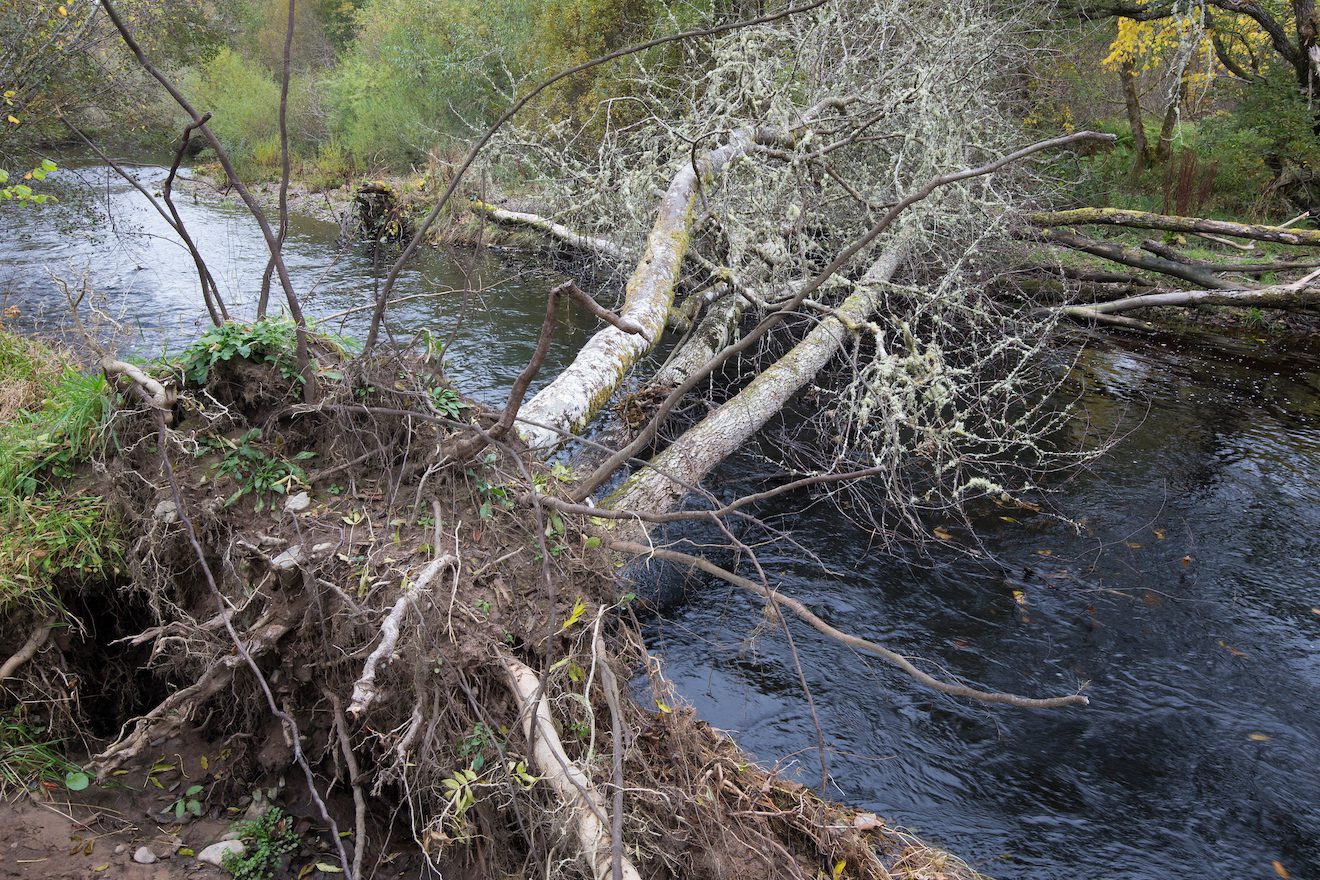

Within those rivers, the King of Fish is in crisis. Atlantic salmon rely on cold, clean water and are susceptible to pollution, abstraction and rising river temperatures due in part, to a lack of river woodlands that would once have shaded and nourished our rivers.

Restoring a rich mosaic of woodland habitats to Scotland’s river catchments is a vital step in providing food and sanctuary to young salmon, giving them the best chance of migrating to sea before returning as titanic adults to their natal river to give life to the next generation.
Fast facts:
RIVERWOODS – the initiative
Riverwoods is a broad partnership of organisations, focused on restoring a network of riparian woodland* and healthy river systems throughout Scotland, and increasing the ecological connectivity between land and rivers.
Learn more here: https://www.riverwoods.org.uk/
*Riparian woodland includes trees and woods within a river catchment, that influence river processes such as recycling nutrients, storing carbon and regulating water temperature, and flow. This includes instream woody structures, gorge and floodplain woodlands, wet and bog woodlands, and those far beyond the riverbank that still shape and govern river processes.

Why are river woodlands special?
Native trees and shrubs next to rivers, streams and lochs perform a range of vital functions. They provide shade, which helps regulate the temperature of the water; their roots stabilise riverbanks and offer vital shelter to young fish; leaves and insects falling into the water provide a valuable food source for a range of aquatic creatures, and a rich tapestry of vegetation locks away carbon, filters pollution and slows run-off.
RIVERWOODS – the film
The salmon need the forest. The forest needs the salmon. And Scotland needs them both.
Riverwoods is a spectacular and compelling story of Scotland’s Atlantic salmon – a fish that is the angler’s ultimate prize and a key building block in a complex forest ecosystem.
The feature-length documentary filmed and produced by rewilding charity SCOTLAND: The Big Picture,shows how Scotland’s rivers have been greatly diminished but crucially, how they could be reborn through a shared vision of restoration and recovery.

Shady River Fishing shared this cautionary tale recently that I feel is worth sharing on North Devon Angling News.
Ticks are very common in the vicinity of moorlands streams and rivers.
I THOUGHT I SHARE A CAUTIONARY TALE……
About 2 months ago I was fishing in the Devon countryside as usual. When I got home I noticed a Tick Nymph on my inside leg, so I pulled it off as I usually do when I see them on me. I’m always getting bit by ticks and did not think much of it, I just pull em out and forget about it. The next day I noticed a red rash around the bite, now normally the tick bite stays small then it goes away. This Rash was much bigger than usual and prompted concern from my fishing widow partner, who insisted I go and check it out, so I of course I didn’t do that. Anyway a few weeks later I was feeling very tired and aching knee joints and generally put it down to being over 40. After about another week or so I rang the doctor and went to see the Nurse who took some general blood tests, at this point I said “could you test me for Lymes Disease by any chance?” She said “yes we can do”, so she did.
Fast forward another four weeks and I was wondering on the test because I hadn’t improved much. I rang the surgery and was told in no uncertain terms that I had indeed contracted Lymes Disease!!!!
I was quite shocked but perhaps I shouldn’t have been as I am always up the River chasing Salmonoids and I can’t remember how many times I’ve pulled ticks off of myself, so suppose it was just a matter of time before this could happen. Anyway it’s a big long course of antibiotics and no Beer either ♂️ I was fishing on this occasion on the Mighty River Lyn when I got bitten, it’s full of ticks up there at certain times, but Ticks are everywhere around this part of the country and unfortunately so is the Disease. So be careful out there folks.
https://www.nhsinform.scot/illnesses-and-conditions/injuries/skin-injuries/tick-bites





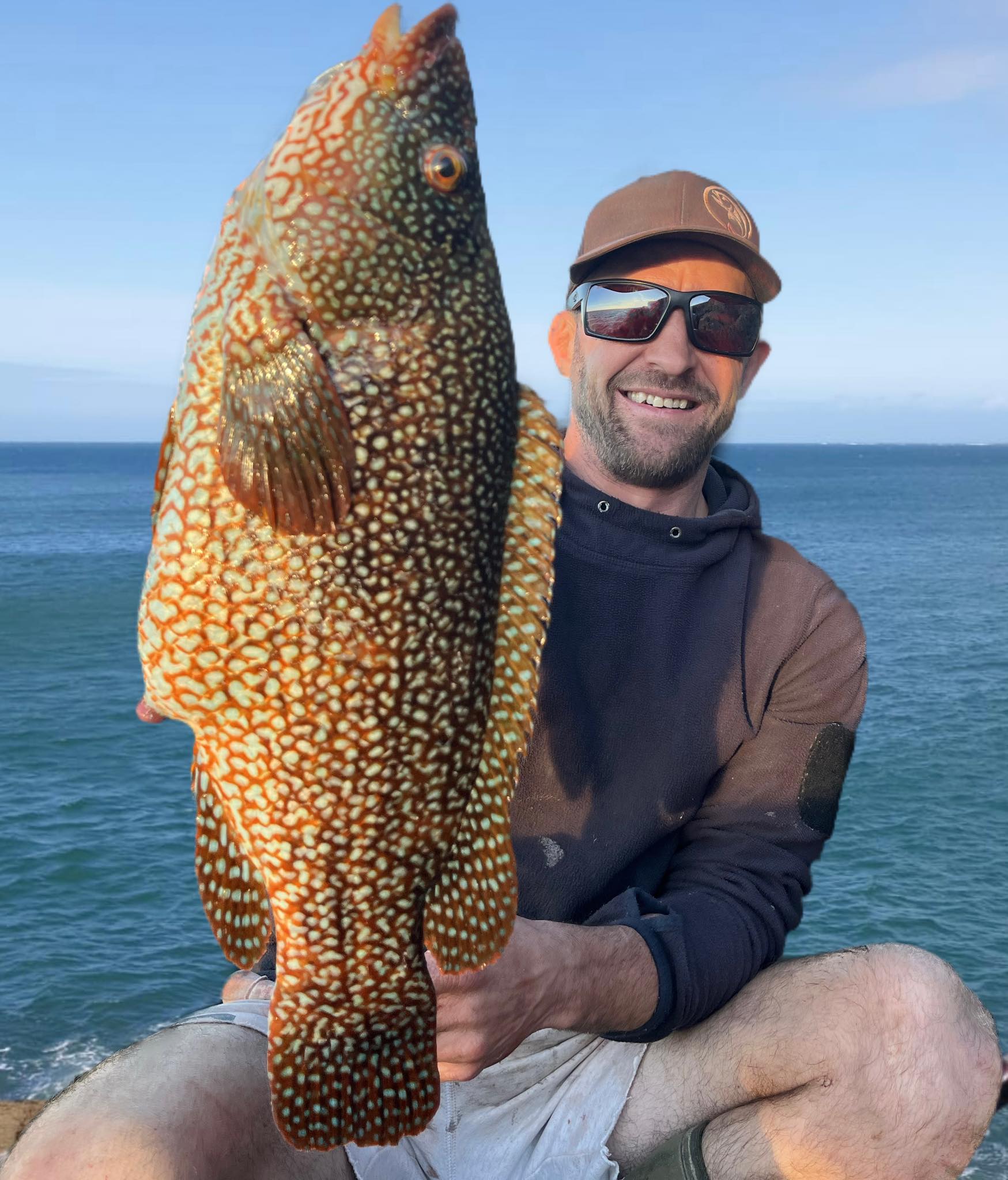


Over fifty years ago I caught my first brown trout from the River Umber that flows through the village of Combe Martin. The fish was tempted on a small red worm a small wild brown trout with a butter shaded belly, olive flanks and crimson spots. Sadly, their numbers have plummeted in this tiny stream as a result of pollution and reduced flows.
Fortunately; there are still many miles of healthy rivers in North Devon and whilst migratory fish have declined the wild brown trout are thriving and offer delightful sport on light fly fishing tackle.
I decided to start my 62nd birthday with a couple of hours on a local river chasing those wild brown trout that were amongst the first fish I caught as a child. Armed with a 7ft Snowbee 4 wt rod I waded into the clear water and started to search flicking the flies upstream beneath a canopy of green.

Starting with New Zealand style tactics I made my way slowly up river. A kingfisher flashed by an electric blue streak that brightens the day.
After searching several runs and stickles I hooked a sprightly brownie that pulsed and turned in the current before being coaxed to the waiting net. A beautiful trout of perhaps 10” that had taken the nymph. I admired it briefly and reflected that fifty years on I still enjoy those same emotions of pleasure from catching these jewelled creatures that dwell in cascading waters.
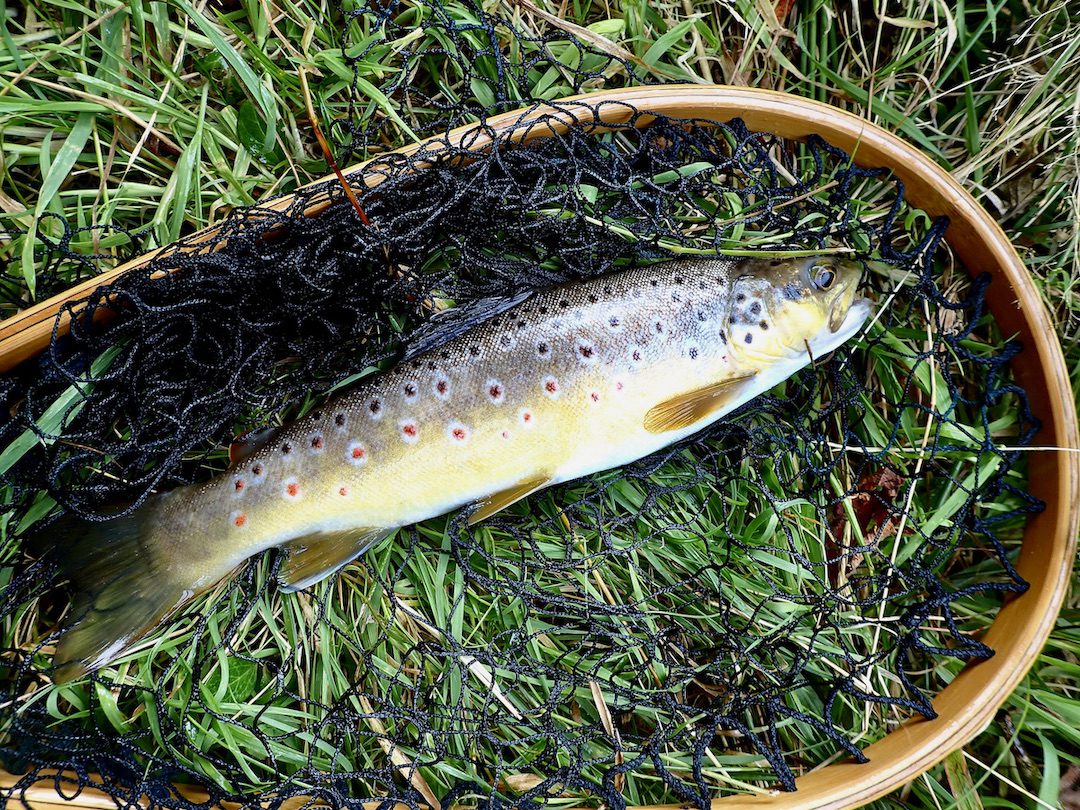

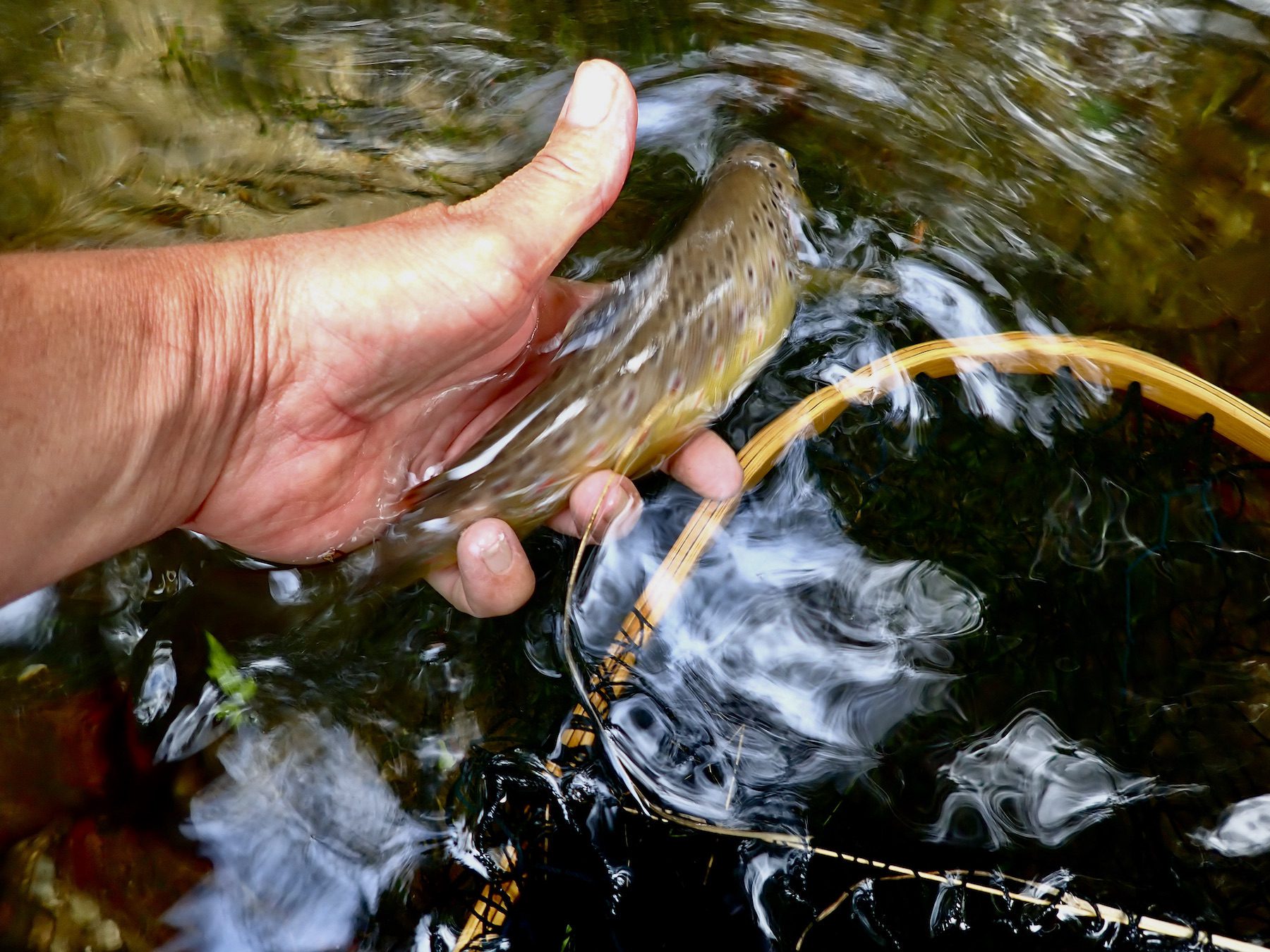
I tempted another three pristine browns using dry flies in the next couple of hours.
Pheasants called in the nearby fields a reminder that the shooting season is not far away. Another six weeks and the river trout season will have closed again. How times flies it seems ever faster as life passes by.
There are plenty of fishing adventures on the horizon with mighty tuna and shark on the agenda. Its still good though to tune back into those wild browns in intimate waters.


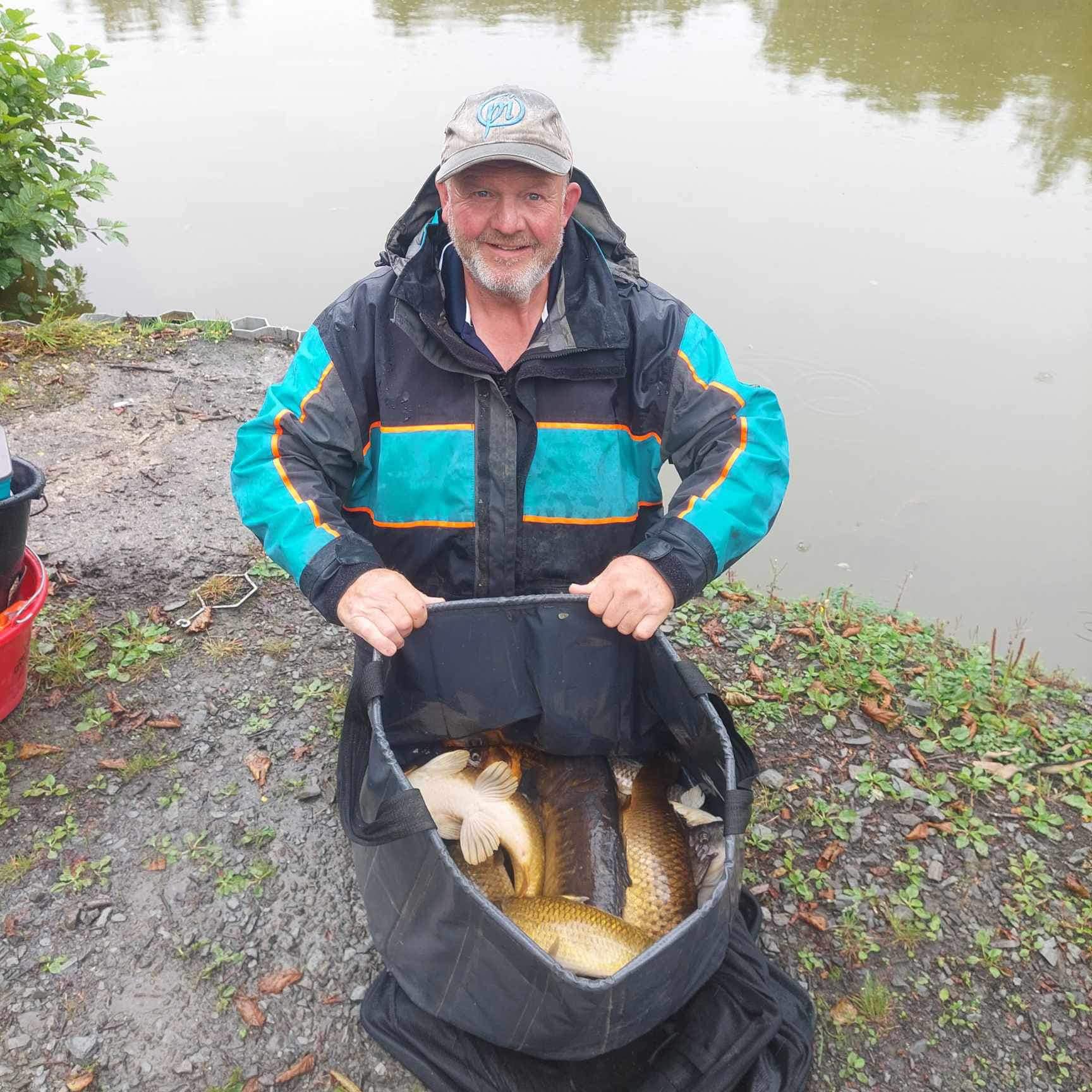


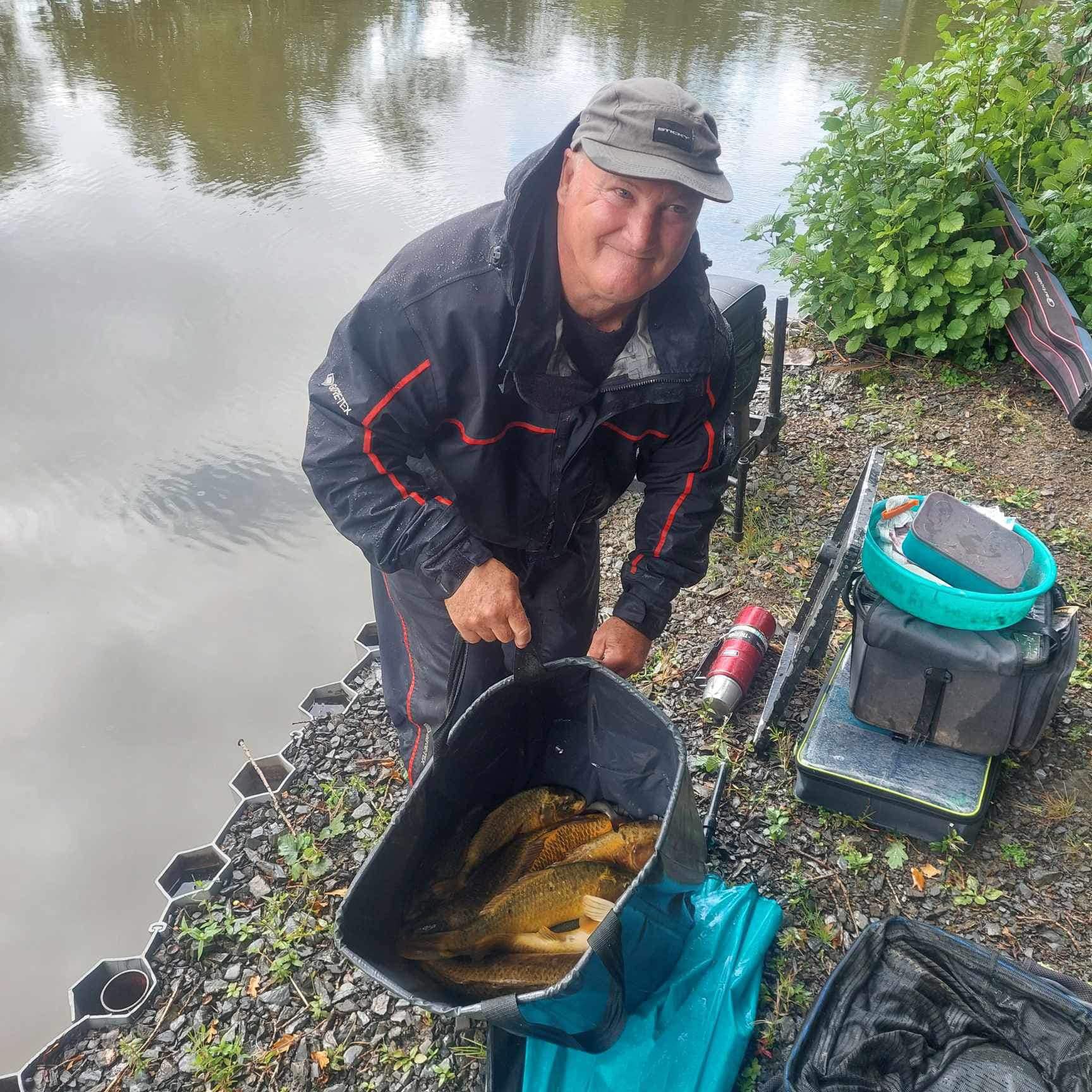


1st kevin Shears 120lb 5oz
2nd Dave Doidge 78lb 13oz
3rd Dodgy Hooks 65lb 9oz
Nathan Clements was delighted to catch a huge gilthead bream scaling 8lb 2.25oz to win Bideford Angling Clubs 48hour roving sea match. This is one of the biggest gilthead bream recorded so far this summer from the South West coast and sets a new club record for BIdeford Angling Club. The weekends competition also saw numerous specimen smoothound caught and specimen small eyed ray.
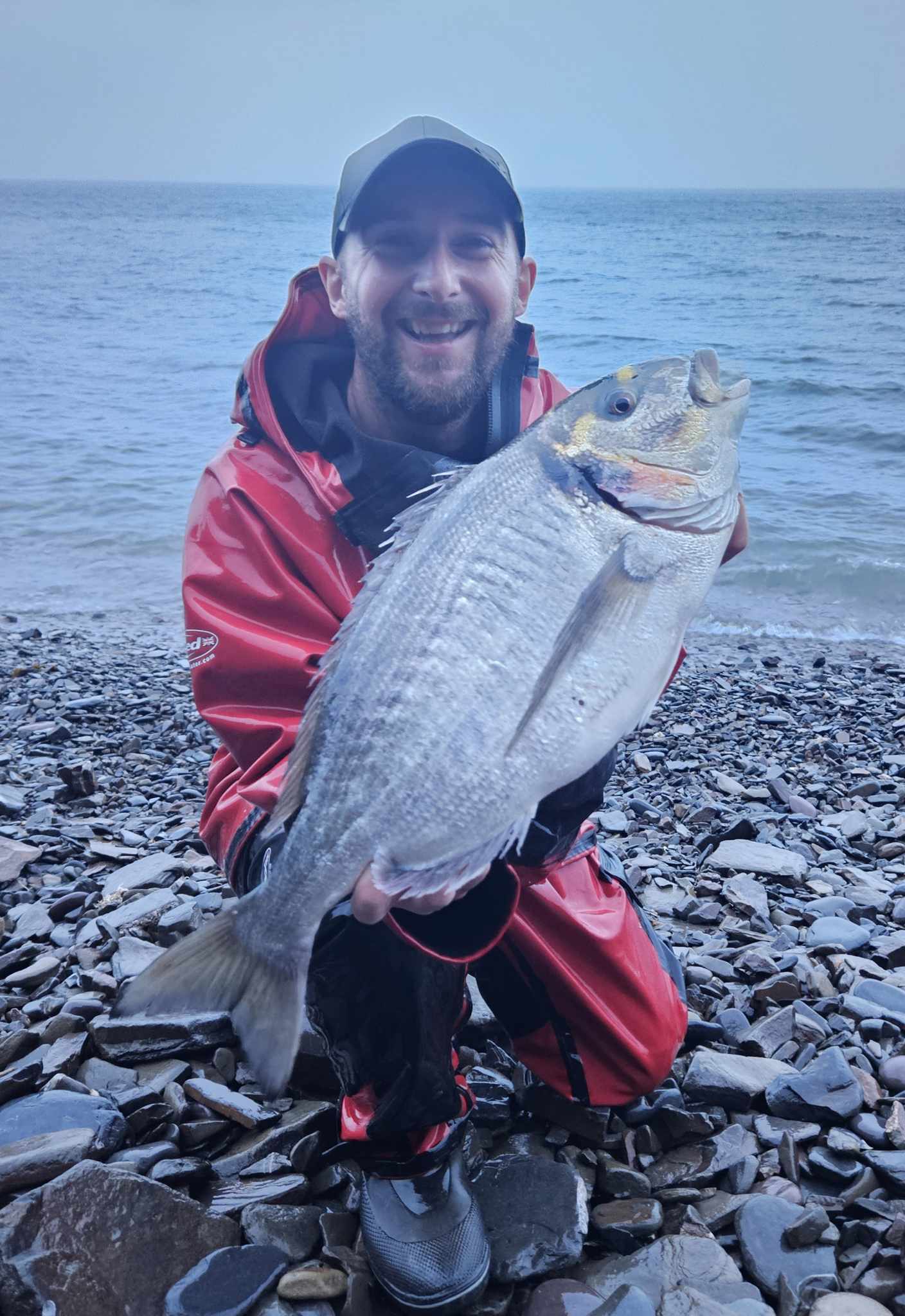






BIlly Grant tempted this fine mirror carp on lodge lake at 30lb 2oz it is a new personal best.



